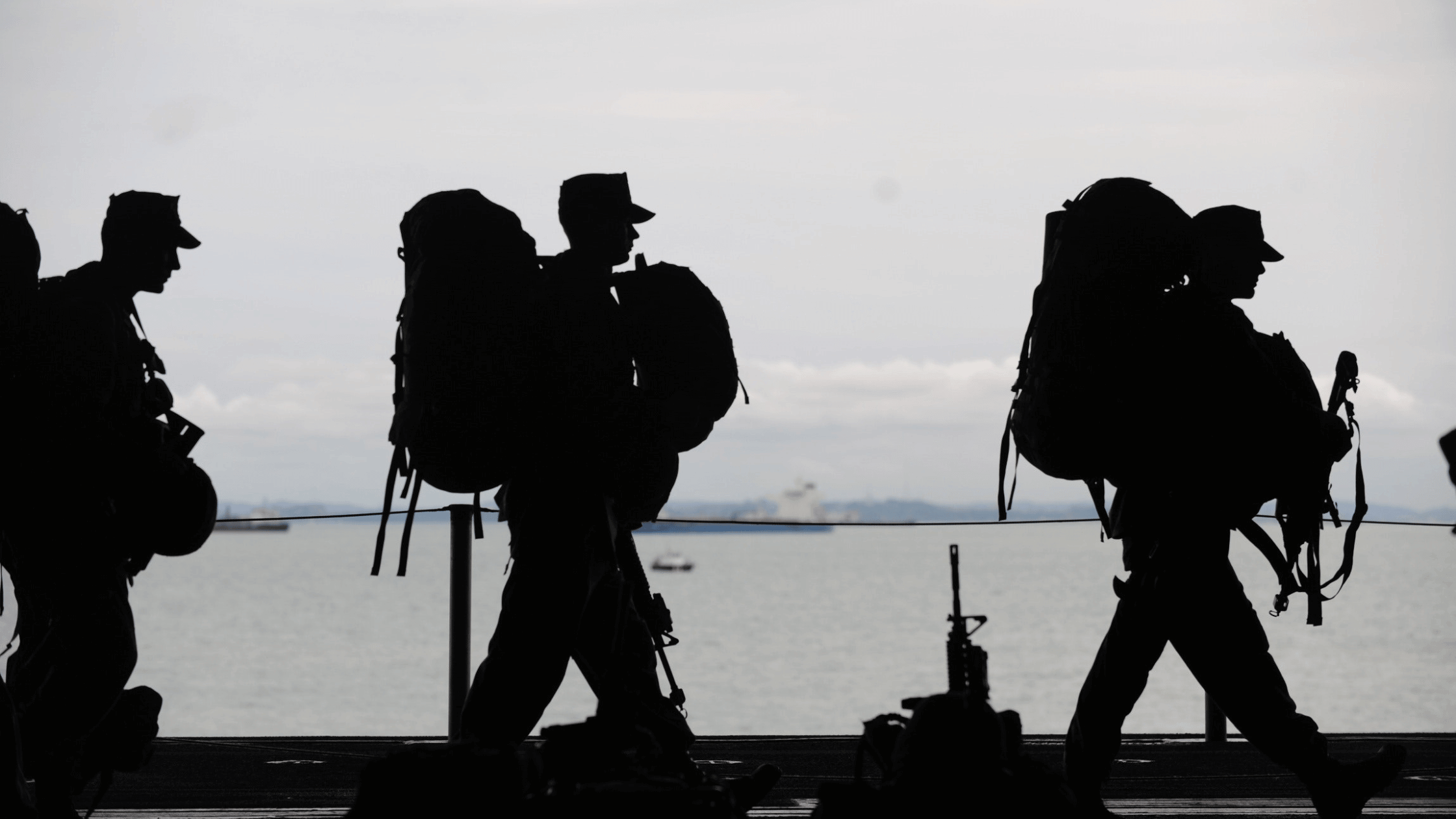A Guide to Physical Therapy for Military and Law Enforcement Personnel

Licensed Physical Therapist, PT, DPT // Dry Needling Certified // Orthopedic Certified Specialist // EW Motion Therapy Homewood
Physical fitness is not just a personal choice but an essential requirement for military and law enforcement personnel. These brave individuals face unique challenges and physical demands in their line of duty. They often turn to physical therapy to maintain peak performance and recover from injuries. We consider it a privilege at EW Motion Therapy to help these heroes reduce pain and maintain optimal mobility to perform their duties effectively. Even if you decide that our physical therapy isn’t right for you, you can still read on as we explore the most common conditions and injuries that military and law enforcement personnel experience and what a treatment plan in physical therapy can look like.
Common conditions and injuries
- Musculoskeletal injuries: Military and law enforcement personnel frequently face musculoskeletal injuries due to the physically demanding nature of their jobs. These injuries range from sprains and strains to more severe conditions such as fractures and dislocations.
- Example: A soldier carrying a heavy backpack during a long patrol may develop lower back pain due to the strain on their spine.
- Post-traumatic stress disorder (PTSD): Beyond physical injuries, military and law enforcement personnel can suffer from the mental toll of their experiences. PTSD is a common condition that can affect their overall well-being.
- Example: A police officer who has witnessed a traumatic event on duty may experience symptoms like flashbacks, nightmares, and severe anxiety.
- Traumatic brain injuries (TBI): Explosions, falls, or other head injuries can lead to TBIs, which can have long-lasting effects on cognitive and physical function.
- Example: A soldier exposed to an explosion during combat may experience headaches, dizziness, and memory problems.
- Overuse injuries: The repetitive motions and strenuous physical activities involved in military and law enforcement roles can lead to overuse injuries, affecting joints, tendons, and muscles.
- Example: A SWAT team member who frequently trains with heavy firearms may develop tendinitis in their shoulder from repeated use.
- Fractures: High-risk situations in these professions can result in fractures, often requiring surgical intervention and extensive rehabilitation.
- Example: An Air Force pilot involved in a crash may sustain multiple limb and spine fractures.
Treatment plan in physical therapy
Physical therapy is crucial in recovering and maintaining military and law enforcement personnel's physical and mental health. Here's what a comprehensive treatment plan can look like:
- Initial assessment: The first step is a thorough assessment by a licensed physical therapist. This assessment considers the individual's medical history, job demands, and specific injuries or conditions.
- Setting clear goals: Based on the assessment, the therapist and the patient collaborate to set achievable goals for rehabilitation. These goals may include improving strength, range of motion, or pain management.
- Tailored exercise programs: Physical therapists design personalized exercise programs to address the unique needs of each individual. These programs often include strength training, flexibility exercises, and cardiovascular conditioning.
- Example: For a police officer with a knee injury, the program might focus on strengthening the quadriceps, hamstrings, and calf muscles to provide better joint support.
- Manual therapy: Hands-on techniques like joint mobilization, soft tissue massage, and stretching are often employed to improve mobility and alleviate pain.
- Pain management: For individuals dealing with chronic pain from injuries, physical therapists can teach pain management techniques such as relaxation exercises, modalities like heat and cold therapy, and ergonomic adjustments.
- Balance and proprioception training: Given the physical demands of their jobs, improving balance and proprioception is vital to prevent future injuries.
- Example: Military personnel may undergo balance training to reduce the risk of ankle sprains during challenging terrain navigation.
- Education and lifestyle modification: Patients are educated about injury prevention techniques, proper body mechanics, and lifestyle modifications to support their recovery and long-term health.
- Psychological support: For those dealing with PTSD or other mental health challenges, by helping them return to hobbies they enjoy, physical therapy can help improve mental health over time. Physical therapists can also refer to mental health specialists if needed.
- Monitoring and adjustments: The therapist continually monitors the patient’s progress and makes necessary adjustments to the treatment plan. Flexibility in adapting to changing needs is a crucial aspect of physical therapy.
- Return-to-duty evaluation: A return-to-duty assessment is essential for military and law enforcement personnel to resume their job responsibilities safely. This evaluation assesses their physical and mental readiness for duty.
Military and law enforcement personnel face unique challenges that often result in physical and mental injuries. However, with the right treatment plan in physical therapy, these brave individuals can recover from their injuries and maintain their physical fitness for the demands of their professions. Physical therapy offers a path to physical recovery and can lead to additional treatment to address mental health concerns like PTSD. By tailoring treatment plans to individual needs, setting clear goals, and providing ongoing support, physical therapists play a vital role in helping these professionals return to their duties and safeguarding our communities and nation. We are honored to help any military or law enforcement at EW Motion Therapy address any symptoms holding them back from doing their duties. If you’re curious about what else physical therapy can do for you, click the button below to download our answers to 20 frequently asked questions.


